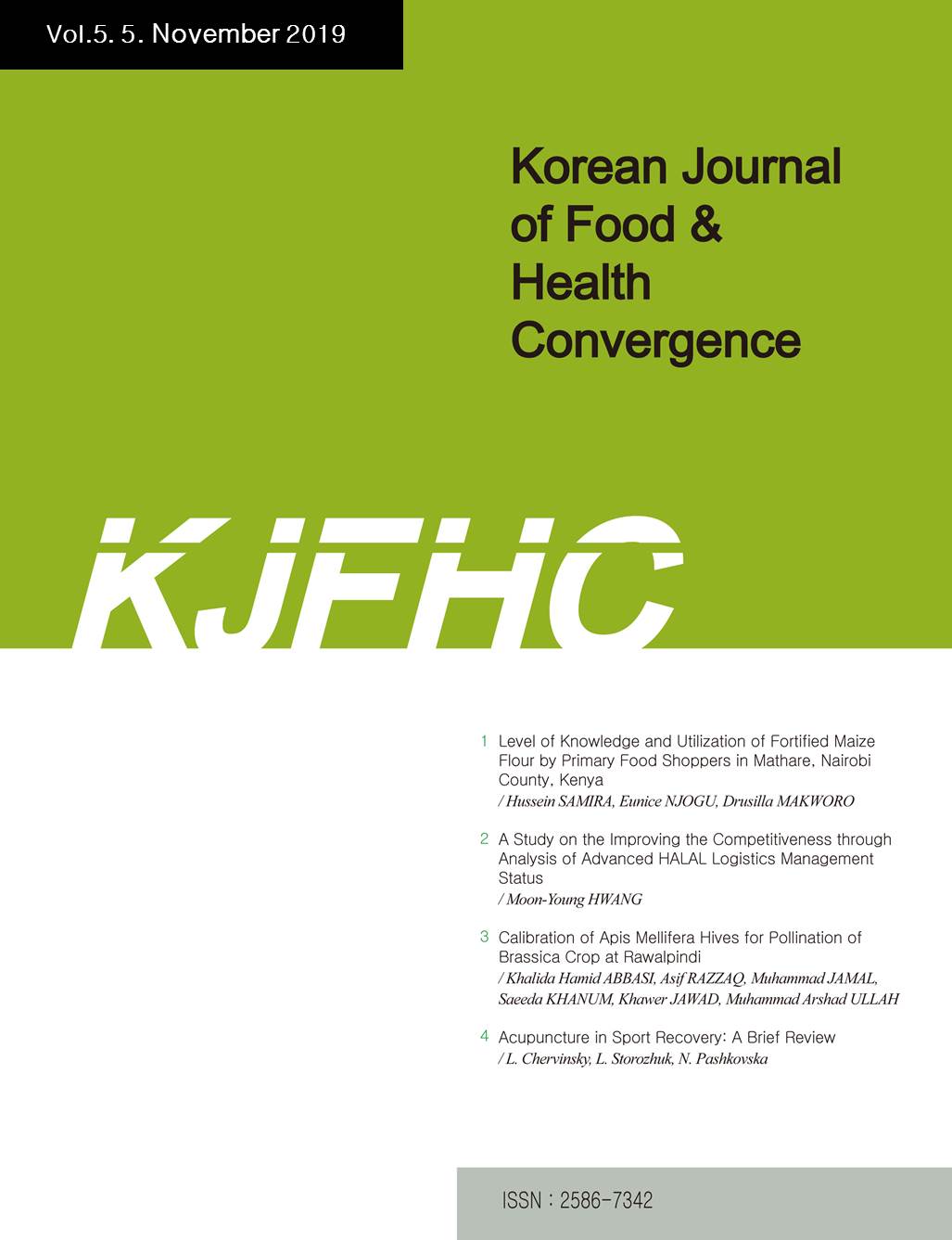 E-ISSN : 2586-7342
E-ISSN : 2586-7342
LAZOVSKAYA, Olesya
Abstract
Amiodarone hydrochloride is an antiarrhythmic agent which has low aqueous solubility and presents bioavailability problem. These properties are a challenge for the pharmaceutical industry. Inclusion of lipophilic compound in the hydrophobic core of micelles, i.e. self-assembled structures based on surfactants in aqueous solution, is one way of increasing the solubility. Intravenous formulation of amiodarone hydrochloride with polysorbate 80 as a detergent and benzyl alcohol as a co-solvent is used in medical practice. This paper aimed to study the effect of polysorbate 80 and benzyl alcohol on the water solubility of amiodarone hydrochloride. Formation of mixed micelles consisting of nonionic surfactant polysorbate 80 and cationic amiodarone with chloride counterion was investigated by fluorescence spectroscopy. Benzyl alcohol was found to decrease the stability of the mixed micelles and lead to crystallization of amiodarone hydrochloride. The greatest amounts of crystals formed at 4℃ for 30 days in the model drug solutions with polysorbate 80 concentrations of 100.1 mg/mL and 97.9 mg/mL. A change of the polysorbate 80 concentration and avoidance the use of benzyl alcohol are recommended to improve the stability of the parenteral dosage form. These results can open new perspectives in the optimization of amiodarone intravenous formulations.
- keywords
- Amiodarone Hydrochloride, Solubility, Polysorbate 80, Mixed Micelles, Benzyl Alcohol, Fluorescence Spectroscopy
- Downloaded
- Viewed
- 0KCI Citations
- 0WOS Citations
